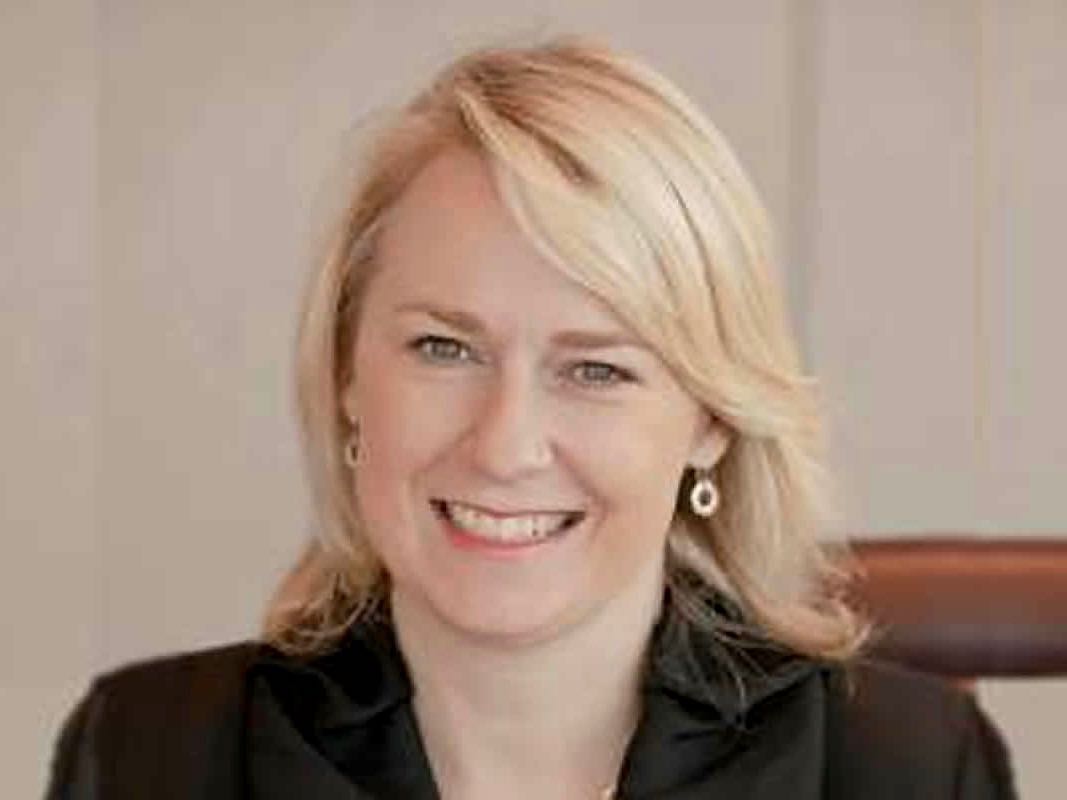30th September 2020 By Chris Hutching | chris@tourismticker.com | @tourismticker.com
Air New Zealand is burning cash at an average monthly rate between $65m and $85m, chair Dame Therese Walsh told shareholders at the airline’s annual general meeting.
Walsh said on Tuesday afternoon that the company expected to go to the market with capital raising before June 2021 assuming there were no further material adverse developments.
“We are in the throes of completing a capital structure review and looking to finalise it in early 2021,” she said.

Dame Therese Walsh
Since the annual financial results were announced in August, the airline had drawn down $110m of the $900m Crown standby loan facility. The Government facility was at interest rates between 7% and 9% and a term of two years.
Walsh acknowledged the interest was high but said it reflected the credit environment at the time of the Covid-19 outbreak.
There were several matters that would determine how much of the $900m the airline would draw down, including the New Zealand border opening, as well as cargo, domestic and short-haul demand over next six months, Walsh said.
“Our total available liquidity as at 25 September is approximately $1bn, comprising $215m of cash on hand and $790m remaining on the Crown standby loan facility.”
Walsh recounted how passenger numbers plunged after March 2020 from 330,000 passengers per week to just 8000 weekly in April, flights were suspended to 5% of previous capacity, the dividend shelved, and capital reconstruction had to be undertaken.
Although a month had passed since the company’s annual results, “a high degree of uncertainty” still remained.
“Given the uncertainty surrounding travel restrictions and the level of demand as these restrictions lift, Air New Zealand is currently not able to provide specific 2021 earnings guidance. However, each of the scenarios we are currently modelling suggest we will make a loss in 2021,” Walsh said.
She added that a trans-Tasman bubble appeared unlikely until Christmas or later, and if border restrictions went on for longer than “medium to long term” it would require another review of operations.
In response to shareholder questions, chief executive Greg Foran said the airline would be focusing on digital developments and customer loyalty mechanisms with details announced in due course.
He said there was still work to be done on credits to customers.

Greg Foran
“Having to cancel four million seats in the space of a few short weeks saw us implement a credit solution quickly but not fast enough,” Foran said.
“That had calls reaching 56,000 in just one day in our call centres. In late July, we were able to launch a partial online solution, enabling around 70% of customers to access their credits and redeem them online.”
Foran acknowledged there was still work to be done to provide “a fully self-serviced digital solution for customers with more complex bookings or those who booked via a travel agent”.
“Please be assured that we continue to work on this and have implemented additional tools, such as allowing customers to pool credits with family members or use them on an entirely different ticket type or destination,” he said.
The company received $125m in Government wage subsidies, however, the airline was unable to save the jobs of more than 4000 people or 30% of its workforce.
Foran said some staff had elected to take leave without pay and would be the first to be re-employed when conditions allowed.
Other Government assistance included using tax relief and other legislative changes to increase short term liquidity.
Operating costs were reduced by extending terms with customers, cancelling $700m in capital expenditure, grounding the 777 widebody fleet until at least September 2021, and deferring delivery of five A321 Neo’s and one ATR72-600.
The aeroplanes going into hibernation would be flown to low humidity locations in New Mexico and California, stored and looked after by a small crew. It would take eight to ten weeks to get them in flying order again.
Four directors were re-elected with more than 99% of votes each. They were Linda Jenkins, Laurissa Cooney, Dean Bracewell, and Larry De Shon.